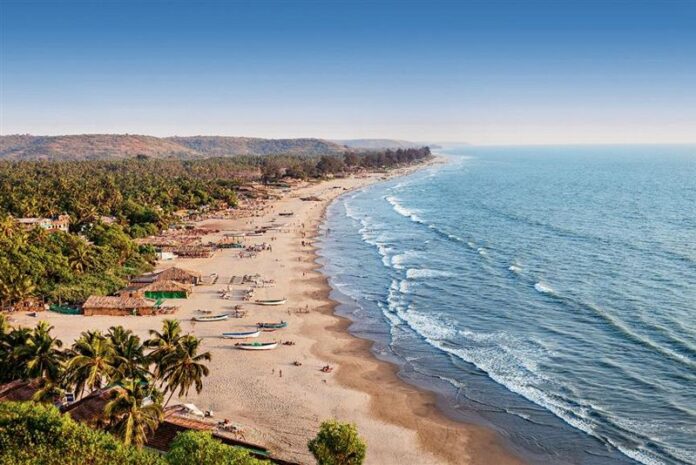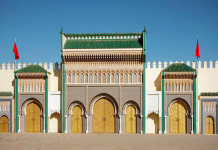Ira Pande
A FEW weeks ago, I had written about the joys of reading and how enriching it is to be able to lose oneself in another world that is both familiar and remote. Although I read less now, especially fiction and bestsellers, I do try and keep myself abreast of what is new and interesting. Also, I try and read at least one book in a language other than English so that I stay connected with the world that is different from my present one.
Among the many regrets I have is the fact that young people are not readers in the way we were at their age. With changing technology and the temptations that the electronic and digital media offer, I can hardly blame them. Nevertheless, this huge hole in their lives is clearly visible in their social and political preferences. I wonder how many now actually read a newspaper each morning and if they do, how many spend time on reading editorials and op-ed pieces. As for the supplements, such as city editions, it makes me nauseous to see that there is just fashion, parties, food and lifestyle products that fill their pages. The new icons for many young people are the stick-thin models they admire, the strange clothes that are now the rage and the achievers who have become millionaires before they reach 30. Clothes, money and looks are all that seem important.
Look deeper, though, and you can clearly spot the loneliness and sense of dissatisfaction too. For, as the Duchess of Windsor once observed, you can never be rich enough or thin enough. Recently, we were in Goa for a week and I saw for myself how radically different the holiday-makers who throng its beautiful beaches in search of happiness and fun are from those who used to go there 20 years ago. Goa, like my own Kumaon, has become the playground of the rich and restless. People with more money than they know what to do with buy expensive villas and spend an odd weekend or fortnight, packing in as much as they can extract from their property. Drinking, eating, gambling and non-stop partying are what they come for. I wonder how rejuvenated they feel after such a hectic schedule. I would need another holiday to recover from such a break if I were them.
The irony is that the native Goan is a laid-back slob. He is happy to sit back in minimal clothing, drinking feni and eating the fish that is freely available in the surrounding sea and rivers. Goans may privately grumble at how this senseless ‘tourism’ is destroying the peace and serenity of their villages, but are happy to earn money from these ‘outsiders’. The same is true of our Kumaon as well: all over the hills and dales of Kumaon, the desi tourist and his noisy entourage come for a few weeks and drive dangerously, horns shattering the peace of its permanent residents. They have no love of walking or feasting on the beauty of the changing seasons and the snow views — they just want to do what they do on weekends in Delhi in a cool climate.
A senseless promotion of tourism, as the present government seems to encourage, has destroyed so many beautiful countries around us. Nepal comes readily to mind, as does Sri Lanka and the tiny island of Maldives. Once the international tourist finds a new playground, the economy of these abandoned has-been areas never recovers. Thailand was almost destroyed by prostitution and an AIDS epidemic a few decades ago and has been a shadow of its former dignified self ever since. I realise that, like reading books, travel has undergone a radical shift in recent times and also that there is little one can do to control it. Yet, look at the wisdom of Bhutan — the only true Shangri-La left in this region — and you will understand that there is a way to preserve the essence of what attracts tourists to a country in the first place.
Goa and Kumaon are very sensitive cultural spaces. We need to understand that it is their attitude to life that makes them so special in a world that is fast spinning out of control. Someone needs to realise that while income from travel and tourism is beckoning us to join the international bandwagon of fun and high jinks, there is a heavy price to pay for the host country as well. It takes centuries for a place to become a destination but only a few years to destroy what is its true attraction. By the time we discover this vital fact, it is already too late in many cases.
The Hindu New Year was ushered in on April 2, the first Navratri. How wise our ancestors were when they decreed that the first nine days of a new year should be dedicated to prayer and abstinence. Once, Lent (the current month) was a similar month in Christianity: but as I see advertisements in our papers about overloaded Navratri thalis on offer and the hectic party scene in Goa, these are no longer sanctified rites. Eat, drink and be merry is the new normal and old-fashioned aunties like your columnist are no longer relevant.
However, for those who, like me, still live by the rules that matter, here is a Happy Navratri to all.













